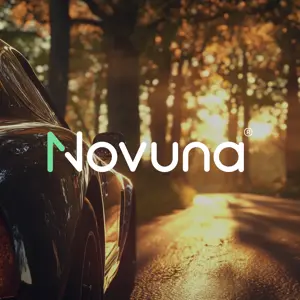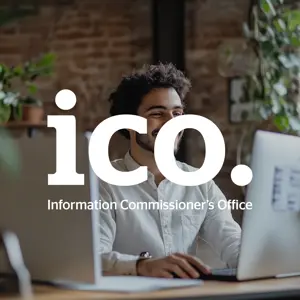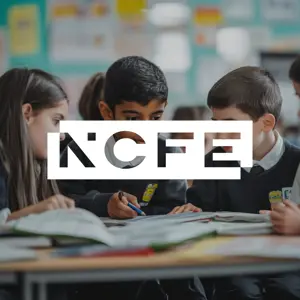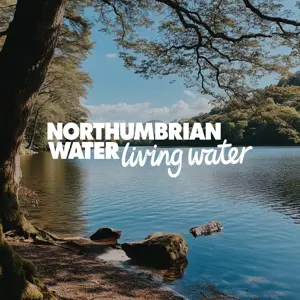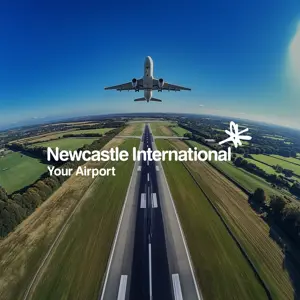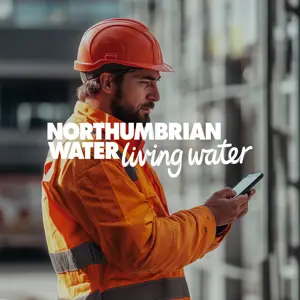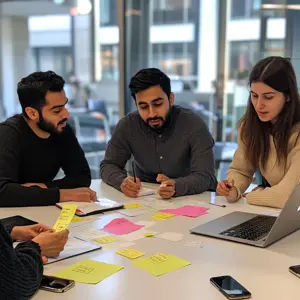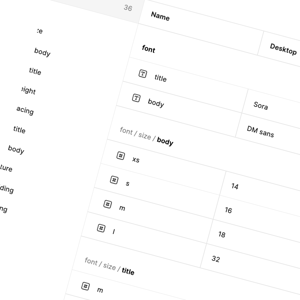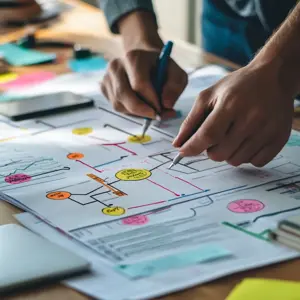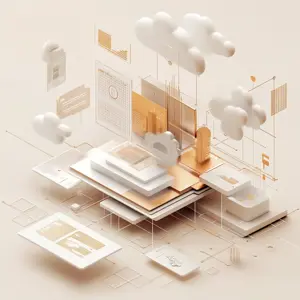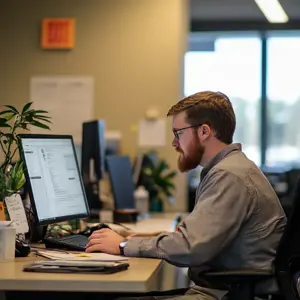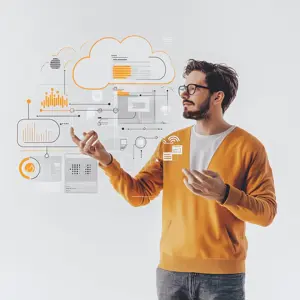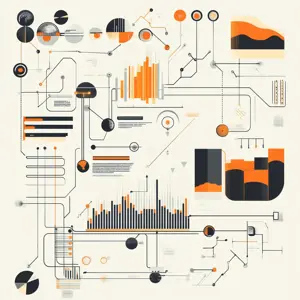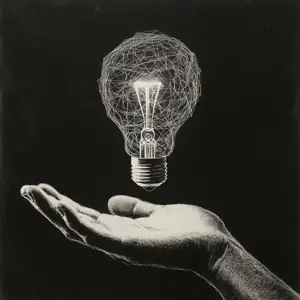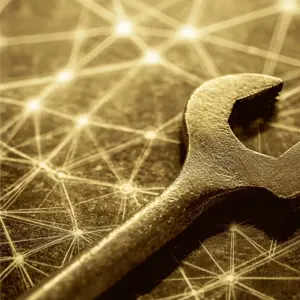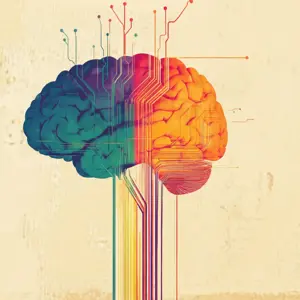Every new project is a journey into an unknown land. Of course, you can prepare yourself thoroughly; create a shared goal, pull together the best team and try to make sure that you have all the resources you think you might need, but until you take the first step, it's impossible to know if your approach is the right one.

We knew broadly where we wanted to take the product, but were struggling to align internally on the details – working with Shout gave us absolute clarity and got everyone excited about what we could achieve...
Newcastle United
The value of experience
That’s why sometimes it’s better to bring people into the team who have lived through that journey before. A guide who understands the terrain and the risks. Someone who can ensure that the plan and the resources you have are exactly what’s required, and who has a clear sense of direction and the experience to get you there unscathed.
As you may have deduced from this rather heavy-handed metaphor, this is where we come in. As experts within their own fields, clients often have great ideas, but don’t know the best way to move them from concept into reality in a cost-effective and timely manner.
This is where the some of the benefits of partnering with an agency become apparent.
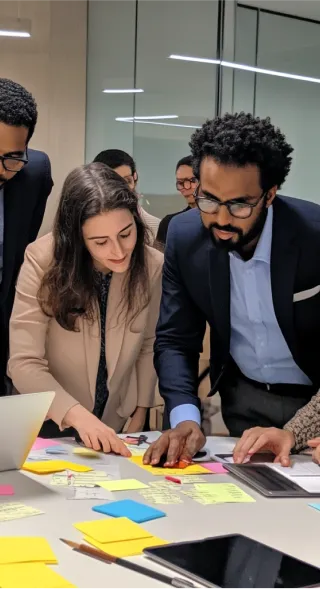
Sometimes, developing internal projects can feel like going round in circles. A different perspective, unconstrained by internal company dynamics and preconceived ideas around the ‘art of the possible’ can help to grow new and interesting ideas into fully-fledged projects. It can help to unify the objectives and goals across the organisation, engaging with often disparate teams to create a shared sense of purpose.
This sense of unity is at its most critical during the Discovery phase as this is the foundation onto which the entire project will be built. It’s during this phase that we work collaboratively to ensure that the project objectives and goals are captured, that risks and opportunities are defined and that all key stakeholders are identified and their needs are documented. It’s only when we have this foundation that we can be progress with a sense of collective certainty and clarity.
So, what are the overarching benefits of running a Discovery phase?
Internal alignment
For any project to be a success we need to ensure that all the we have internal alignment regarding the project's goals, scope, and priorities. Open and transparent communication across all teams means that we are able to navigate around potential misunderstandings while any ideas, opportunities and risks can be voiced as early as possible
Your stakeholders
To understand what we need to deliver, we need to understand who it is for. Do we have any existing customer data, and if so, what does it tell us about what they value and how they interact with your product or service? Does this align with your business goals? It’s easy to make assumptions based on experience, or individual, word of mouth assertions, but engaging with your users directly is the fastest way to get real insights into how your ideas will be received.
The risks
This comes in two parts; identifying risks and mitigating them. Working with the information we have gleaned from the business and user focused sessions, we will be able to articulate potential risks with a high degree of accuracy. Through the utilisation of real-world data we can ensure that we’re only paying attention to the real problems, and once they have been identified we can take steps to reduce their impact, or remove them entirely.
Functional & technical requirements
Once we’ve identified the business and user goals, the risks and opportunities, we can take the outcomes of the ideation workshops and start to firm them up into high-level requirements. Our ethos throughout the whole Discovery process is to start wide and then narrow our focus over time. In terms of generating our requirements, this means that we capture all of the high-level requirements before stating to detail them out. This allows us to plan for the whole lifecycle of the project, rather that just being laser focused on the first deliverable, and means that any outcomes will be future-proofed and that scope creep will be severely reduced.
A smoother, faster pathway to delivery
What this all adds up to is a delivery cycle without surprises. A collaborative approach from the start means that internal stakeholders are far less likely to raise costly issues late on in the discovery phase or even worse, during development, and that you can be confident that you have generated a solution that your users will love.
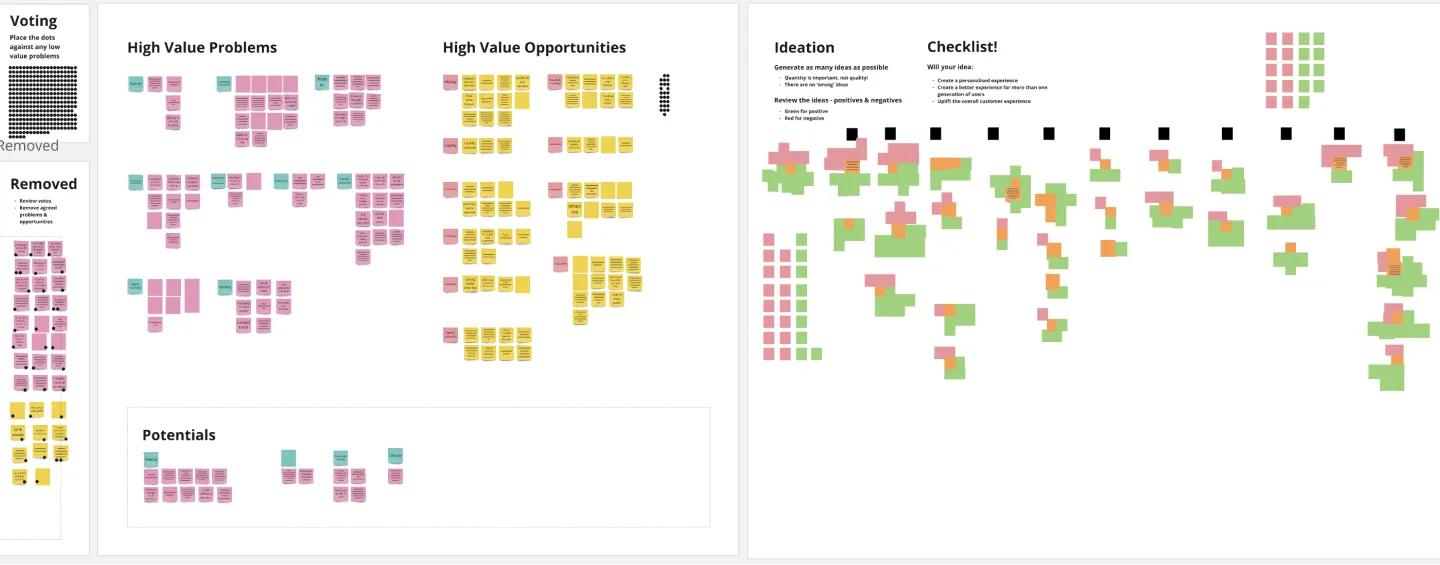
Mapping our route
So, to get us to where we need to be, we split the Discovery phase into two main parts.
The journey
The first, in which we we will often run a series of workshops, either in person or remotely, is centred around activities that are designed to capture the right information in as short a time as possible. We understand that your stakeholders are work rich and time poor and we don’t want to add to that pressure. Just the opposite in fact, as the overall goal is to clear a pathway to a shared understanding of the steps needed to make each project a success.
The destination
The second phase is where we feed the outcomes of these sessions back to you and your internal stakeholders, often in the form of interactive prototypes. While the level of fidelity and interactivity within these prototypes can vary, the experience of being able to put solutions in front of your users and early as possible can be invaluable. These can lead to a usually short round of tweaks and updates that when done at this stage rather than during delivery can save a huge amount of time, effort and stress.
Summary
Overall, the purpose of the Discovery phase is to do two things; firstly, ensure that we are creating solutions based on the best information, and secondly, to make the development of any outcomes as smooth and seamless as possible.
The outcome is a clear and obvious pathway through to your preferred destination. The way you get there and the things you find on the way may be unexpected, but, with the right guide, you can be sure that you’ll get to the right place at the right time.
